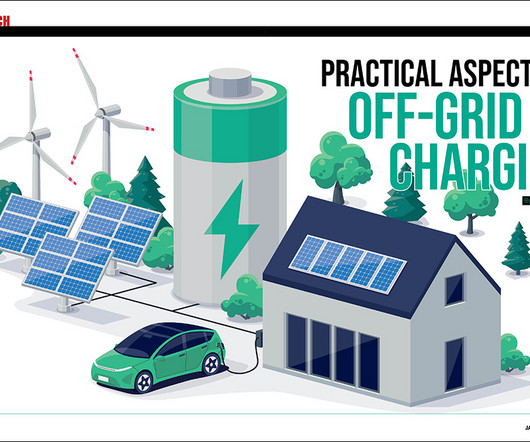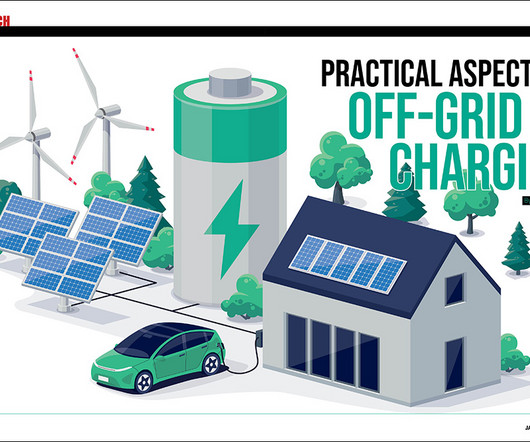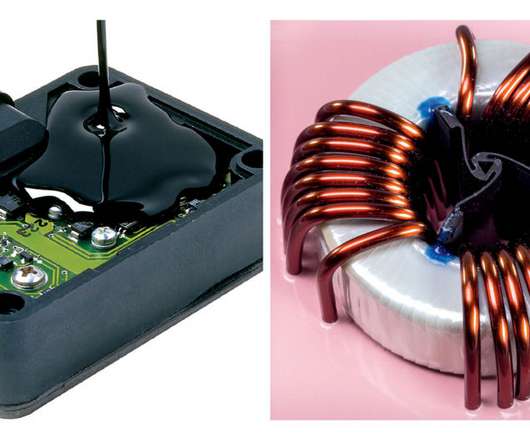Practical aspects of off-grid EV charging
Charged EVs
MAY 2, 2024
An off-grid energy system basically consists of just four key components: 1) a battery to store energy; 2) one or more renewable energy sources (e.g. The next key component in an off-grid system is an inverter, which converts the nominal 48 VDC from the storage battery into the 120/240 VAC required by the house, EV charger, etc.










Let's personalize your content